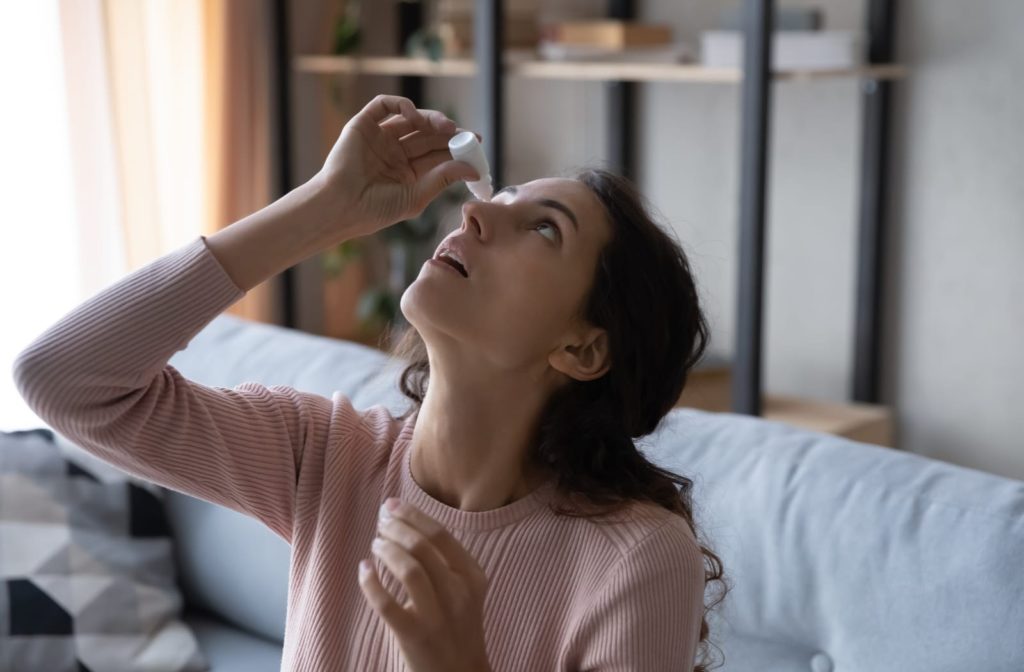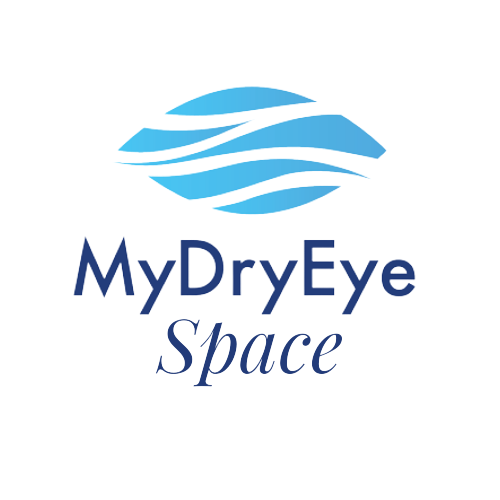This post What Causes Severe Dry Eye? first appeared on MyDryEye.ca
It was written by Dr. Diana Nguyen.
Please visit MyDryEye.ca to visit the original post.
If you’ve been living with dry eye disease, you know it’s more than just an uncomfortable feeling. In addition to the pain, dry eye disease can have a significant and even debilitating effect on your vision and quality of life.
You don’t have to just live with it. Treatments for mild, moderate, and severe dry eye are available. Ignoring your symptoms could lead to serious eye damage, such as a corneal ulcer or impaired vision.
What is Dry Eye Disease?
In simple terms, dry eye is a disease of the eye’s surface related to a problem with the tears. Generally speaking, this can be due to two issues, or a combination of both:
- Tear quantity: Tear production can decrease with age, hormonal changes, environmental factors like dry air or wind. Without enough tears, your eyes can feel painfully itchy or gritty.
- Tear quality: Tears are made up of water, mucous, and oil. If there are deficiencies in any of these three aspects, your tears may evaporate too quickly or fail to spread adequately over the eye.
If your symptoms are chronic and disrupt your daily life, your dry eye may be considered moderate or severe.
What Causes Severe Dry Eye Disease?
If you’re feeling burning, dry eyes, you’re not alone. About one-third of Canadians experience symptoms of dry eye disease. And most cases—about 86%—are related to meibomian gland dysfunction (MGD). The meibomian glands are where the oil layer of tears are made, and if they’re clogged or not working correctly, dry eyes can be the result.
Dry eyes are more common among older people and especially women. Dry eyes can also be caused by contact lens wearing and some medications or some medical conditions, including:
- Diabetes
- Autoimmune conditions including:
- Rheumatoid Arthritis
- Sjogren’s syndrome
- Graft vs. host disease (GVHD)
- Lupus
- Scleroderma
- Rosacea
- Thyroid conditions
- Vitamin A deficiency
Dry eye is very common following LASIK surgery, and can be worse if a person had dry eye symptoms, even mild ones, before surgery. This kind of dry eye typically resolves within six to 12 months of surgery, but for some people, it will last much longer.
Risks of Severe Dry Eye Disease
Left untreated, you’re in for more than just discomfort from severe dry eye.
Corneal Ulcer (Keratitis)
In serious cases, dry eye can lead to a corneal ulcer, also known as keratitis. Symptoms include:
- Severe pain and redness in the eye
- The sensation of a foreign object in your eye
- A white spot on your cornea that may not be visible in the mirror
- Discharge
- Blurry vision
Corneal Abrasion or Erosion
A corneal abrasion is a scratch on your eye, while corneal erosion is when the layer of cells on your cornea loosens. Both can be caused by dry eye and exacerbated by rubbing your eyes.
An optometrist can advise on proper treatment, which might include eye drops, or even surgery in serious cases.
Visual Symptoms and Quality of Life Impact
Dry eye may lead to light sensitivity, blurred or foggy vision, and glare. These symptoms, along with the discomfort of dry eye, can affect a person’s ability to work and simply enjoy life.
A study in Singapore found that people over 40 years old with dry eye symptoms reported significant difficulty with a number of tasks, including:
- Using stairs
- Reading the newspaper
- Cooking
- Recognizing friends
- Watching TV
- Driving at night
Research shows that all of this combined may take a toll on your mental health.

Treatment for Severe Dry Eye Disease
Your optometrist can assess your dry eye with a comprehensive eye exam that includes a thorough discussion of symptoms with you.
Based on your exam, your doctor will suggest a course of treatment. Keep in mind that it could take a few months to fully address your symptoms and provide sufficient relief.
Your doctor may begin by suggesting treatments that include:
- Over-the-counter artificial tears (eye drops)
- At-home warm compress and gentle eyelid massage
- Running a humidifier
- Taking Omega-3 supplements and adding more fish to your diet
- Eyegiene if your dry eye is associated with inflammation of the eyelid known as blepharitis
The next level of care could include:
- Anti-inflammatory prescription eye drops, including Xiidra, Restasis, and Lotemax Gel, or an oral antibiotic such as tetracycline for its anti-inflammatory effects
- Various in-office treatments to gently and effectively express blocked meibomian glands. Treatment recommendations might include:
- Thermal compression, such as LipiFlow
- Intense pulsed light therapy
- Radiofrequency treatment
If dry eye is still causing serious discomfort and if there is no inflammation, a doctor may suggest punctal plugs. These tiny devices, about the size of a grain of rice, are inserted into the puncta of the eye, blocking tears from draining away. This can keep the eye’s surface much more comfortable.
What to do next for Severe Dry Eye
If you’re feeling the debilitating effects of dry eye, you don’t have to deal with it alone. Use our search feature to find a doctor near you who has dedicated their career to treating dry eye disease. Relief is on the way.

How Stress Shows Up in Your Eyes
Stress shows in your eyes: burning, twitching, watery or red. Discover the link between cortisol and tear film instability and explore breathing, blinking and sleep strategies to break the cycle.
What Your Eyes Are Telling You About Your Hormones
Dry, burning eyes often signal shifts in estrogen, progesterone or androgens. Learn how hormones influence tear production, why women are more affected and how to nourish your glands for lasting comfort.
In‑Office Treatments for Dry Eye: What Really Works?
Dry eye relief goes beyond drops. Learn how in‑office treatments like LipiFlow, IPL and RF unclog glands and restore comfortable vision. Discover the science behind these procedures and how to maintain results at home.























